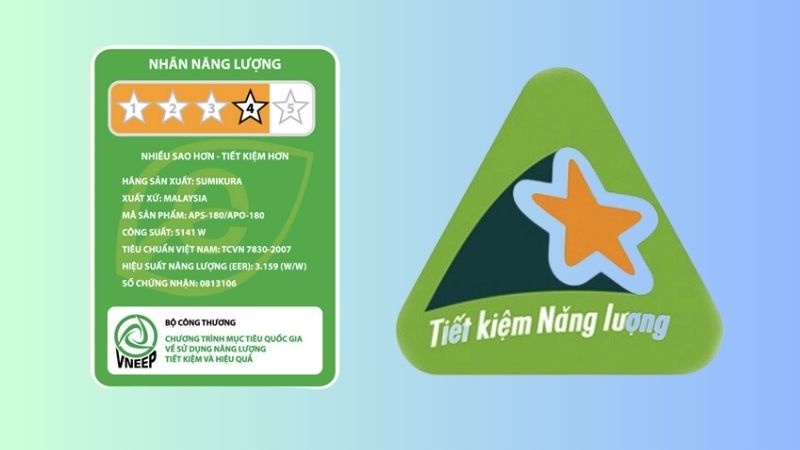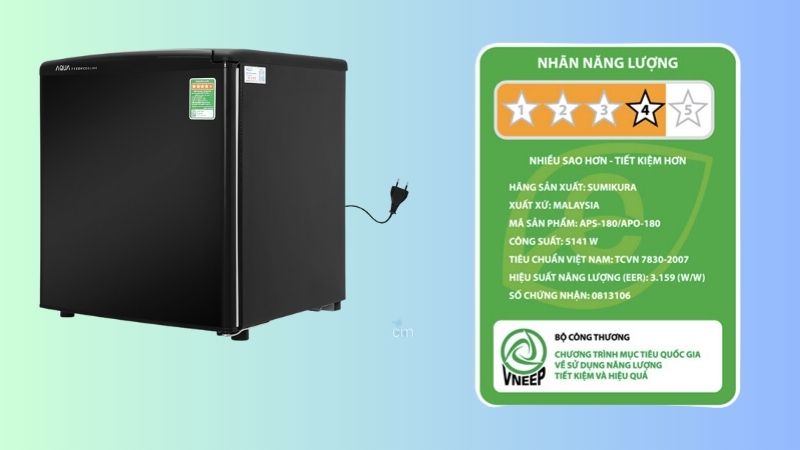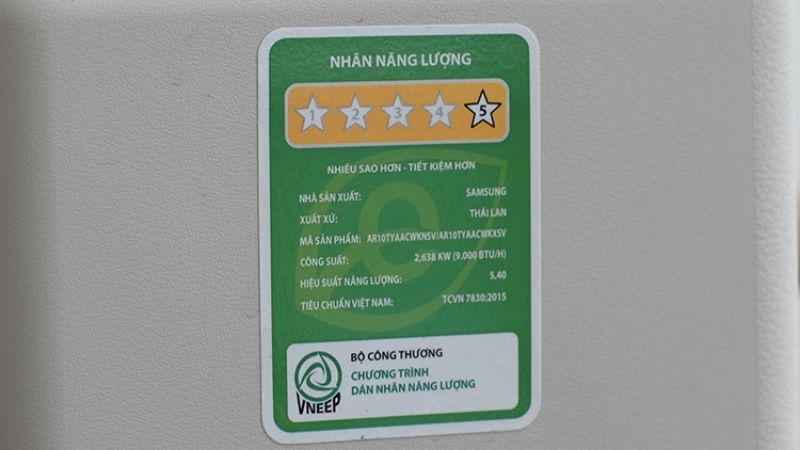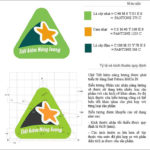Thank you for taking the time to learn about energy labels and how to interpret the indicators on them. Energy labels are an essential tool in helping consumers make informed purchasing decisions based on power and efficiency indicators. By understanding energy labels, buyers can choose products that are both energy-saving and cost-effective. In this article, we will guide you through the process of reading and understanding energy labels.
1. What is an energy label?

What is the energy label?
An energy label is a stamp that provides consumers with specific information about the energy consumption and efficiency of products. These labels help users choose energy-saving devices, reduce their environmental impact, and save on energy costs. There are two main types of energy labels:
- Confirmation energy label: This label is issued to products that meet energy-saving and energy-efficient standards.
- Comparison energy label: Used to compare the energy efficiency of similar products, helping consumers choose the most efficient options.
2. What is the confirmation energy label?

What is the confirmation energy label?
The confirmation energy label, also known as “Energy Saving” or “Vietnamese Energy Star,” indicates that a product has energy efficiency equal to or higher than the high energy efficiency level set by the Ministry of Industry and Trade. This label helps consumers easily identify and choose energy-saving products, ultimately reducing energy consumption and protecting the environment.
3. What is the comparison energy label?

What is the comparison energy label?
The comparison energy label is affixed to vehicles and electrical equipment available on the market. It indicates the energy efficiency of these products compared to similar ones. This label enables consumers to choose products with better energy efficiency. The comparison energy label uses a star rating system, with more stars indicating higher energy efficiency.
4. The uses of the energy label

The uses of the energy label
The energy label serves several purposes that benefit consumers:
- Provides energy consumption information, helping users understand how much electricity, gas, or fuel a product consumes.
- Facilitates the comparison of energy efficiency between similar products on the market.
- Guides consumers in selecting quality, efficient, and energy-saving products.
- Promotes the development of energy-saving technology and contributes to environmental protection.
5. How to read information on the energy label

How to read information on the energy label
Here is a guide to help you read the information on the energy label:
- Certification code: The code issued by the Ministry of Industry and Trade to manage products.
- Product name/code: The name/code of the product registered by the enterprise to be labeled.
- Manufacturer: The name of the organization/enterprise that manufactures the product.
- Importer: The name of the organization/enterprise importing the product (for imported products).
- Display area for energy-saving level indicators: The number of stars indicates the energy-saving level.
- Energy consumption level of the product: The energy consumption measured in kWh/year.
- Other information: Specific regulations compliant with each type of product.
In conclusion, energy labels are vital in helping consumers make informed decisions and choose energy-saving products that benefit both their pockets and the environment. Make sure to refer to the energy label whenever purchasing new appliances or vehicles.
If you’re looking for high-quality home cleaning products at affordable prices, we have what you need. Shop with us today!






































